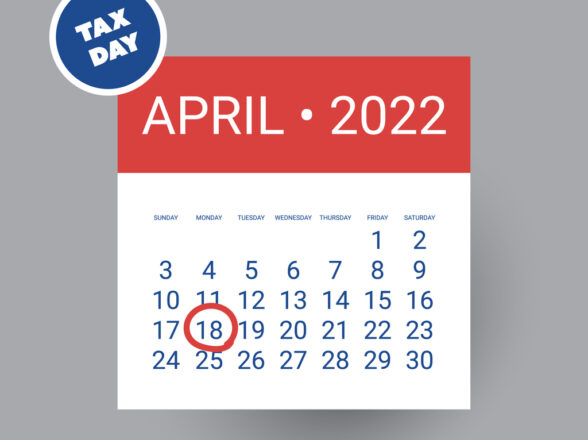Blog
When Pensions Reduce Social Security Benefits

Many teachers and other public sector employees may be surprised to learn that their retirement benefits could be significantly impacted by what are known as “noncovered pensions.” This complex issue can be particularly confusing for clients who fall into this category, as it affects not only their own Social Security benefits but also those of their spouses and survivors.
Understanding Noncovered Pensions: A Critical Aspect of Retirement Planning
The term “noncovered pension” may sound perplexing, but it’s crucial to grasp its significance if you’ve worked for an organization that didn’t withhold Social Security taxes. These pensions, typically from government agencies or certain non-profit organizations, can significantly impact your Social Security benefits.
Here’s why it matters: Those employees with noncovered pensions may have any potential Social Security benefits reduced or eliminated. This is due to two important Social Security laws that come into play:
1.The Windfall Elimination Provision (WEP)
The WEP is particularly important to understand. It applies to workers who:
– Receive a pension from employment where Social Security taxes were not withheld, or
– Worked fewer than 30 years in a job where Social Security taxes were withheld
Under the WEP, these individuals may see their primary insurance amount (PIA) reduced by up to half their monthly government pension amount. This can result in a substantial decrease in expected Social Security benefits.
It’s worth noting that the WEP doesn’t apply to everyone. Those who became eligible for Social Security before 1985 are exempt from this provision.
Given the potential impact on your retirement income, it’s crucial to factor in these considerations when planning for your financial future. Don’t let the confusing terminology deter you from understanding your rights and benefits. Consult with a financial advisor or Social Security specialist to ensure you’re making informed decisions about your retirement strategy. The Social Security Administration (SSA) website, ssa.gov, has more information on WEP, including a calculator for estimating how WEP may affect Social Security benefits.
2.Government Pension Offset (GPO)This applies to spouses or widows (er)s of individuals who receive monthly noncovered pensions. They may have their Social Security benefit reduced by two-thirds of the monthly pension amount or eliminated. (More GPO rules can also be found in this SSA publication.)
It Gets More Complicated
The Government Pension Offset (GPO) is a crucial mechanism designed to ensure fairness in the Social Security system. Its primary purpose is to prevent individuals receiving non-covered pensions from gaining an unfair advantage by also receiving full Social Security benefits based on their spouse’s or deceased spouse’s earnings record. However, it’s essential to understand that the GPO’s application is not as straightforward as it may seem.
The complexity of GPO rules cannot be overstated. Not all government pension income falls under its purview, and the regulations can vary significantly depending on the type of government pension and the individual’s unique employment history. This intricacy makes it imperative for both Gen X members and those approaching retirement to approach Social Security planning with caution and thorough research.
Given these complexities, we strongly advocate for a hard-and-fast rule when it comes to Social Security planning: always contact the Social Security Administration (SSA) for the most up-to-date benefits information. This step is crucial, as relying on outdated or incomplete information can lead to costly mistakes in retirement planning.
Furthermore, many clients are often uncertain about whether their employer withheld Social Security taxes during their employment. In such cases, it’s vital to reach out to their human resources or pension departments for accurate information. This proactive approach can prevent surprises and ensure a more stable financial future.
By understanding the intricacies of the GPO and seeking professional guidance, individuals can navigate the complex landscape of Social Security benefits more effectively, ultimately securing a more stable and comfortable retirement.





























































































